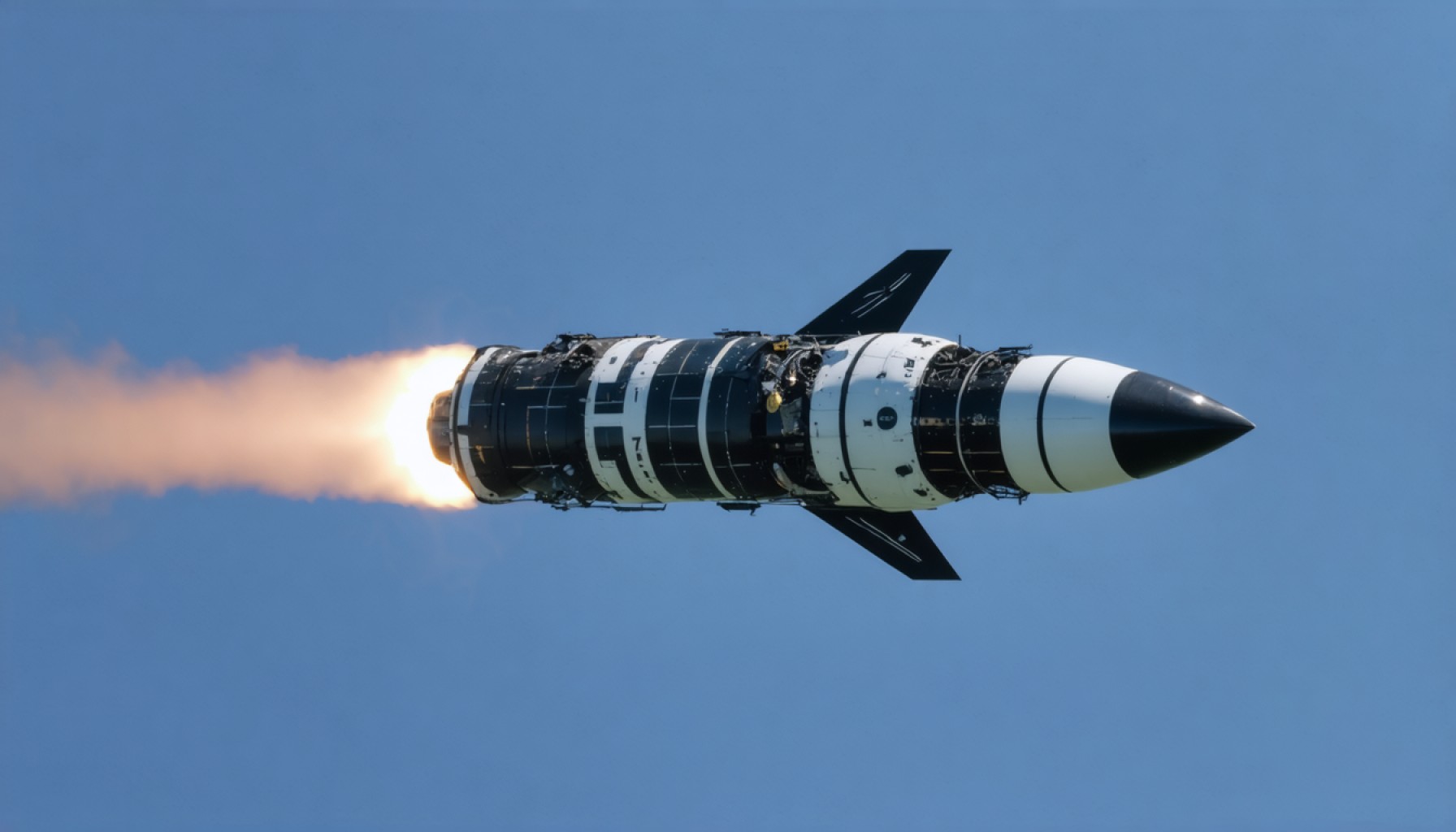- Pulsar Fusion’s Sunbird rocket uses a Duel Direct Fusion Drive (DDFD) to revolutionize space travel with fusion propulsion.
- The DDFD utilizes helium-3 and deuterium, providing direct thrust efficiency and bypassing traditional energy-to-thrust conversion.
- The Sunbird aims to drastically reduce travel times to Pluto and Mars, enhancing human accessibility to distant worlds.
- Sunbird’s fusion power operates in space, focusing initially on transforming satellite transport and setting the groundwork for human missions.
- Pulsar Fusion targets deploying these capabilities by 2027, despite existing technical and demonstration challenges.
- The initiative invites us to consider the readiness for a transformed cosmic exploration landscape.
Amidst the whisperings of a new era in space exploration, a breakthrough emerges: the audacious Sunbird rocket by British innovators at Pulsar Fusion. Picture this—a spacecraft slicing through the cosmic sea, fueled by the same processes that power our sun, leaving current propulsion methods trailing in the interstellar dust.
This isn’t science fiction flirting with improbable dreams but rather a tangible leap toward redefining space travel. At the heart of the Sunbird is the Duel Direct Fusion Drive (DDFD), a marvel of engineering that harnesses the potency of helium-3 and deuterium, promising an unprecedented direct thrust efficiency. Unlike traditional fusion reactors that laboriously transform energy into thrust, the DDFD innovatively channels charged particles directly into propulsion.
Imagine a world where a journey to Pluto takes a mere four years, and the trip to Mars is halved, revolutionizing human access to distant worlds. Pulsar Fusion envisions a near future—targets are ambitiously set for 2027—where these dreams become our exploratory reality. Yet, as with all pioneering endeavors, formidable challenges lie in their path.
The Sunbird isn’t crafted to roar off an earthly launchpad; its raw power is unleashed in the zero-gravity expanse of space. Here, these fusion-powered behemoths can intercept and propel spacecraft to the far reaches of our solar system. The initial focus is on revolutionizing satellite freight, setting the stage for human voyages propelled by sheer fusion might.
While technical hurdles remain, and the capability of fusion power in space is yet to be demonstrated, Pulsar Fusion’s vision conjures a horizon of possibilities. Should these visions crystallize, Sunbird could well herald a new era in which the mental landscapes of humanity stretch as far as its physical reach.
If we succeed, humanity’s narratives will no longer hinge on whether we can explore distant worlds, but rather what we will find when we do. The Sunbird beckons us to ponder: are we ready for such a transformational leap into the cosmos?
Revolutionizing Space Travel: The Sunbird Rocket and the Future of Interstellar Exploration
Introduction
The Sunbird rocket, developed by the British company Pulsar Fusion, represents a groundbreaking development in the realm of space exploration. Utilizing cutting-edge technology, the Sunbird harnesses the power of fusion—specifically, the Duel Direct Fusion Drive (DDFD) fueled by helium-3 and deuterium—to propel spacecraft faster and more efficiently than ever before. This innovation promises to transform our access to distant worlds, making what’s currently the realm of science fiction a tangible reality.
Understanding the Duel Direct Fusion Drive (DDFD)
What is the DDFD?
The Duel Direct Fusion Drive is an advanced propulsion system that converts the energy from nuclear fusion directly into thrust. Unlike conventional fusion reactors, which generate electricity that then powers propulsion, the DDFD utilizes charged particles created during the fusion process to produce direct thrust. This method enhances efficiency and could reduce travel times to distant cosmic destinations.
How Does Fusion Power Work in Space?
In space, where the absence of atmospheric drag allows for continuous acceleration, DDFD is particularly advantageous. The fuel—helium-3 and deuterium—is rare and highly efficient, offering greater thrust potential than chemical rockets or nuclear fission engines.
Potential Applications and Benefits
– Speed and Efficiency: The possibility of halving the travel time to Mars and reaching Pluto within four years is a significant leap forward, dramatically enhancing our capabilities for deep-space travel and exploration.
– Satellite Freight: Initially, the Sunbird will be focused on the transportation of satellite freight, allowing for more efficient deployment and operation of satellite networks.
– Human Exploration: With the foundational success in satellite transportation, the next logical step for Pulsar Fusion is to enable human missions farther into the solar system.
Challenges and Considerations
Despite its potential, significant hurdles must be overcome:
– Technical Feasibility: Demonstrating the capability of fusion power in space remains a challenge. Effective management of complex processes involved in fusion under space conditions is crucial.
– Resource Availability: The fuel source, helium-3, is rare on Earth, though it is believed to be more abundant on the Moon, which could drive future lunar exploration for fuel extraction.
– Economic Viability: The financial costs associated with developing and deploying such advanced technologies are enormous, requiring sustained investment and collaboration.
Market Forecast and Industry Trends
The global space exploration market is on the brink of substantial growth. As technologies like DDFD mature, we may witness a broader adoption of fusion-powered spacecraft, potentially revolutionizing industries such as space tourism, asteroid mining, and interplanetary trade.
Closing Thoughts and Actionable Recommendations
The Sunbird rocket by Pulsar Fusion is a beacon of innovation in space travel, showcasing the promise of fusion propulsion. For those looking to invest or study in the field, focusing on fusion technology and its applications in space exploration may yield significant opportunities in the coming years.
Quick Tips for Aspiring Space Professionals:
1. Stay Informed: Follow leading space agencies and companies like Pulsar Fusion for updates on fusion technology advancements.
2. Develop Skills: Focus on STEM disciplines, particularly those related to nuclear physics and aerospace engineering.
3. Engage with the Community: Join space exploration forums and networks to discuss developments and collaborate on potential projects.
With humanity poised on the brink of a new era in space exploration, the Sunbird rocket may indeed propel us toward discoveries and narratives yet unimagined. For further insights into cutting-edge space technologies, visit NASA.
